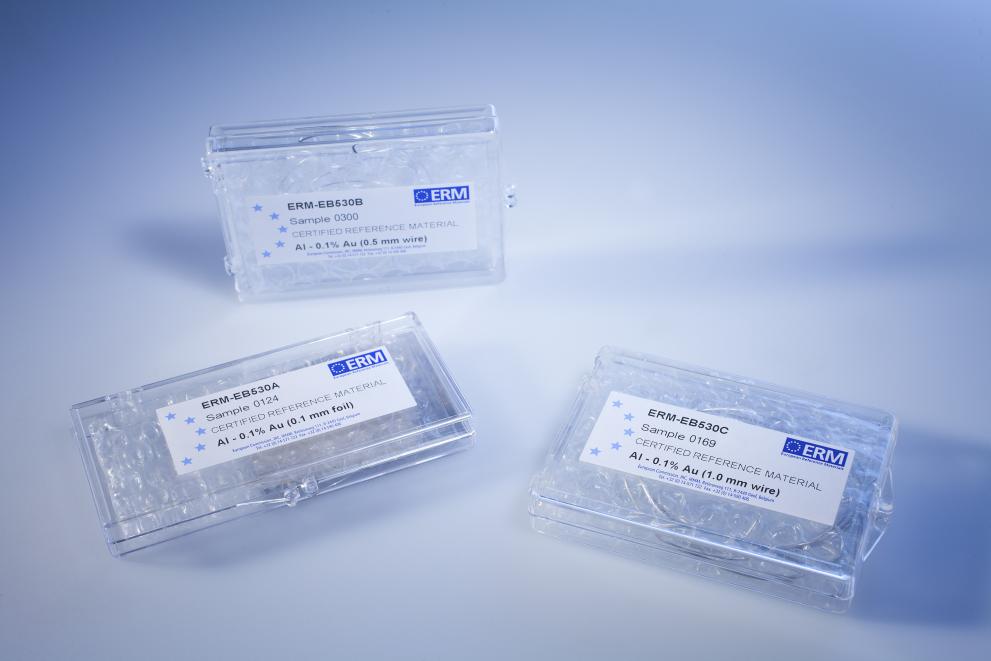
In close collaboration with the Belgian Nuclear Research Centre (SCK-CEN), JRC scientists assessed the reliability of different calibration standards for neutron activation analysis. The study compared a newly released certified reference material (CRM) with five other (existing ones) to demonstrate that all give equivalent results.
Neutron activation analysis with k0 standardisation (k0-NAA) is a very powerful measurement technique that can determine many elements simultaneously without time-consuming sample preparation. It does, however, require a CRM for reliable calibration. The reliability of the CRM is therefore crucial for the overall reliability of measurement results. The JRC has produced a number of such reliable CRMs, dating back to 1991.
The scientists took the occasion of the release of the latest batch, to test whether measurements give the same results regardless with which CRM they are calibrated. To this end, they measured five different materials (fly ash, mussel tissue, sediment, a polymer and a synthetic material) together with samples of the six different CRMs. Three of the CRMs were aluminium-gold alloys, one was an aluminium-cobalt alloy, one was an aluminium-silver alloy and the last was an aluminium-scandium alloy. The measurements were then evaluated by calibration with each of the six CRMs.
The results showed that the same results were observed when using the silver or gold-aluminium for calibration. Slightly different results were obtained when using the aluminium-cobalt of aluminium-scandium CRMs for calibration, but these were in the range of the uncertainties of the certified values and hence within the specified accuracy. Overall, these differences were small enough to have no practical implication (below 2 %).
The study therefore demonstrated the reliability of the various CRMs used for calibration. In addition, the fact that the same results were obtained when using the first batch of a CRM (from 1991) and the latest confirmed that measurement results are comparable in the long term.
Read more in : Bacquart T. et al. "Comparison of k0 NAA analysis results of four different reference materials using six various materials for comparator factor calculation, Journal of Radioanalytical and Nuclear Chemistry", J Radioanal Nucl Chem (2016) (309:155–163), doi:10.1007/s10967-016-4752-2
Related Content
Details
- Publication date
- 21 March 2017
